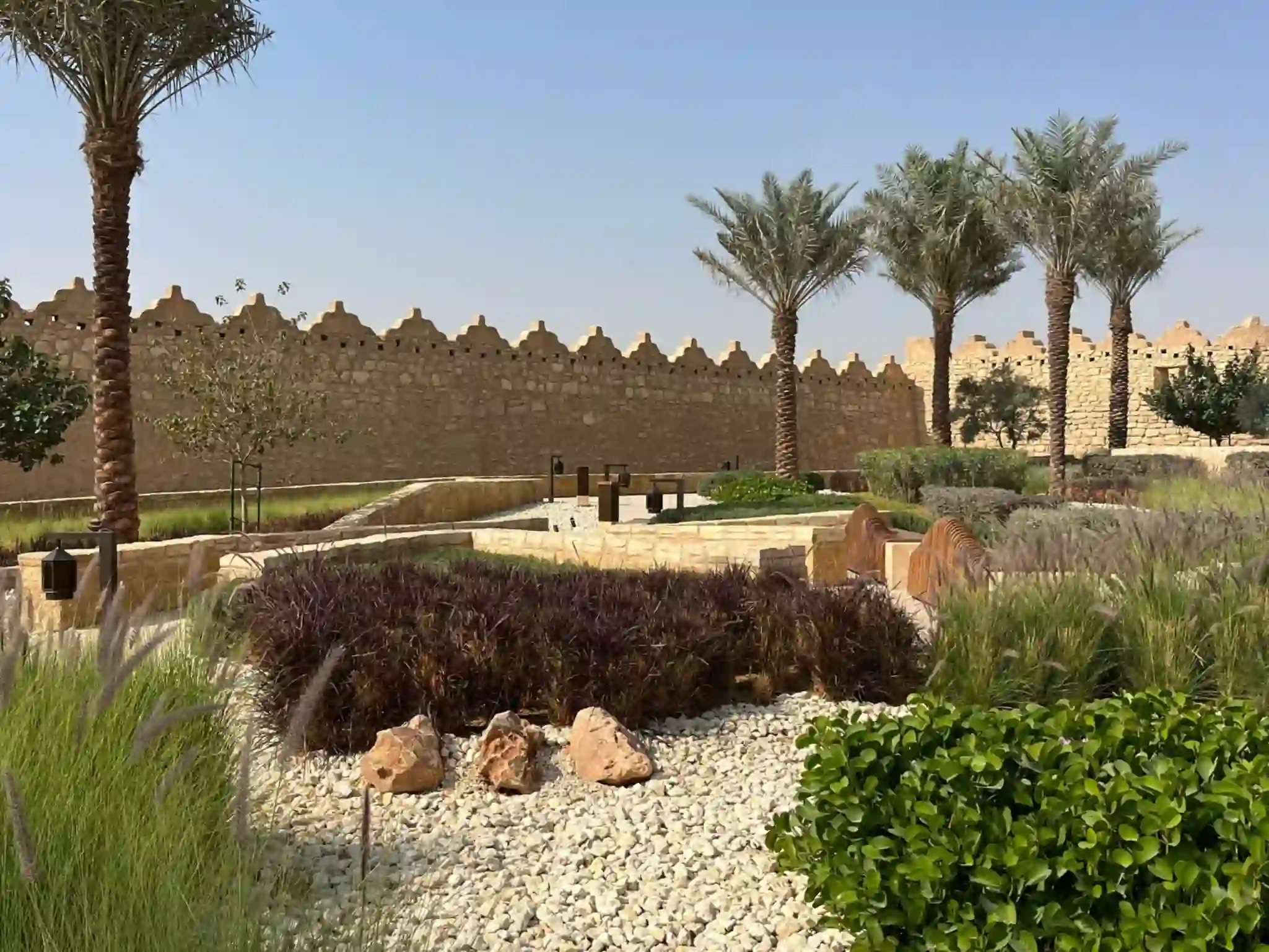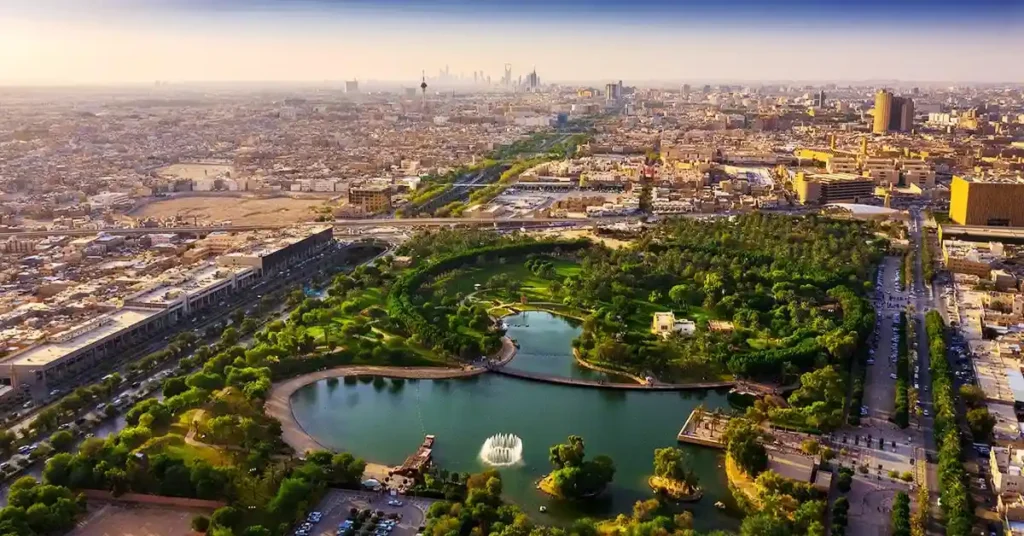Water-Efficient Landscaping in Saudi Arabia: A Sustainable Oasis in the Desert
Water-Efficient Landscaping in Saudi Arabia: A Sustainable Oasis in the Desert
Blog Article
The Imperative for Water Efficiency in Saudi Arabia
Saudi Arabia’s climate is characterized by extreme heat and minimal rainfall, making water a precious commodity. The majority of the country’s water supply comes from non-renewable groundwater sources and energy-intensive desalination plants.
As urbanization and development accelerate, the demand for water continues to rise, placing immense pressure on these finite resources. Landscaping, while contributing to urban aesthetics and quality of life, can be a significant consumer of water if not managed efficiently. Therefore, adopting water-efficient landscaping practices is crucial for:
•Water Conservation: Directly reducing the demand for potable water, thereby preserving precious groundwater reserves and lessening the burden on desalination infrastructure.

•Economic Prudence: Lowering water bills for individuals and organizations, and reducing the operational costs associated with water supply and wastewater treatment at a national level.
•Resilience Building: Creating landscapes that are better adapted to the harsh desert environment, requiring less maintenance and proving more resilient to climate change impacts.
Principles of Water-Efficient Landscaping
Water-efficient landscaping, often referred to as xeriscaping, is a comprehensive approach to designing, installing, and maintaining landscapes that minimize the need for supplemental irrigation. While the term xeriscaping might evoke images of barren, rock-filled gardens, modern xeriscaping embraces lush, vibrant designs that thrive with minimal water. The core principles include:

2.Soil Improvement: Healthy soil is crucial for water retention. Incorporating organic matter, such as compost, improves soil structure, increases its water-holding capacity, and promotes healthy root growth, reducing the need for frequent watering.
3.Efficient Irrigation: Moving away from traditional, wasteful irrigation methods is key. This includes:
•Drip Irrigation: Delivering water directly to the plant’s root zone, minimizing evaporation and runoff. As highlighted by AZUD, subsurface drip irrigation systems can lead to up to 30% water savings [2].
•Smart Irrigation Systems: Utilizing sensors and weather data to automatically adjust irrigation schedules based on real-time plant needs and environmental conditions. These systems ensure water is applied only when and where it’s needed.
4.Appropriate Plant Selection: Choosing native and drought-tolerant plants is perhaps the most impactful principle. These plants are naturally adapted to the local climate and require significantly less water once established. Dar Al-Handasah’s project in KAFD successfully utilized native, drought-tolerant species, contributing to a 59% reduction in water use [1].
5.Mulching: Applying a layer of organic or inorganic mulch around plants helps retain soil moisture, suppress weeds, and regulate soil temperature. This reduces evaporation from the soil surface and keeps roots cooler.
6.Reduced Turf Areas: Lawns are typically the most water-intensive part of a landscape. Minimizing turf areas, especially in arid regions, or replacing them with drought-tolerant groundcovers, permeable hardscapes, or xeriscape plantings can drastically reduce water consumption.
7.Maintenance: Ongoing maintenance, such as proper pruning, weeding, and checking irrigation systems for leaks, ensures the long-term success of a water-efficient landscape.
Conclusion
Water-efficient landscaping is more than just a trend in Saudi Arabia; it is a fundamental shift towards a sustainable future. By embracing principles such as thoughtful design, efficient irrigation, and the use of native and drought-tolerant plants, the Kingdom is transforming its landscapes into resilient, water-wise environments.
The successful implementation of these practices in major projects demonstrates a clear path forward for conserving precious water resources, fostering environmental stewardship, and creating aesthetically pleasing spaces that thrive in the desert climate. As Saudi Arabia continues its journey towards Vision 2030, water-efficient landscaping will undoubtedly play a pivotal role in building a greener, more sustainable, and water-secure nation. Report this page